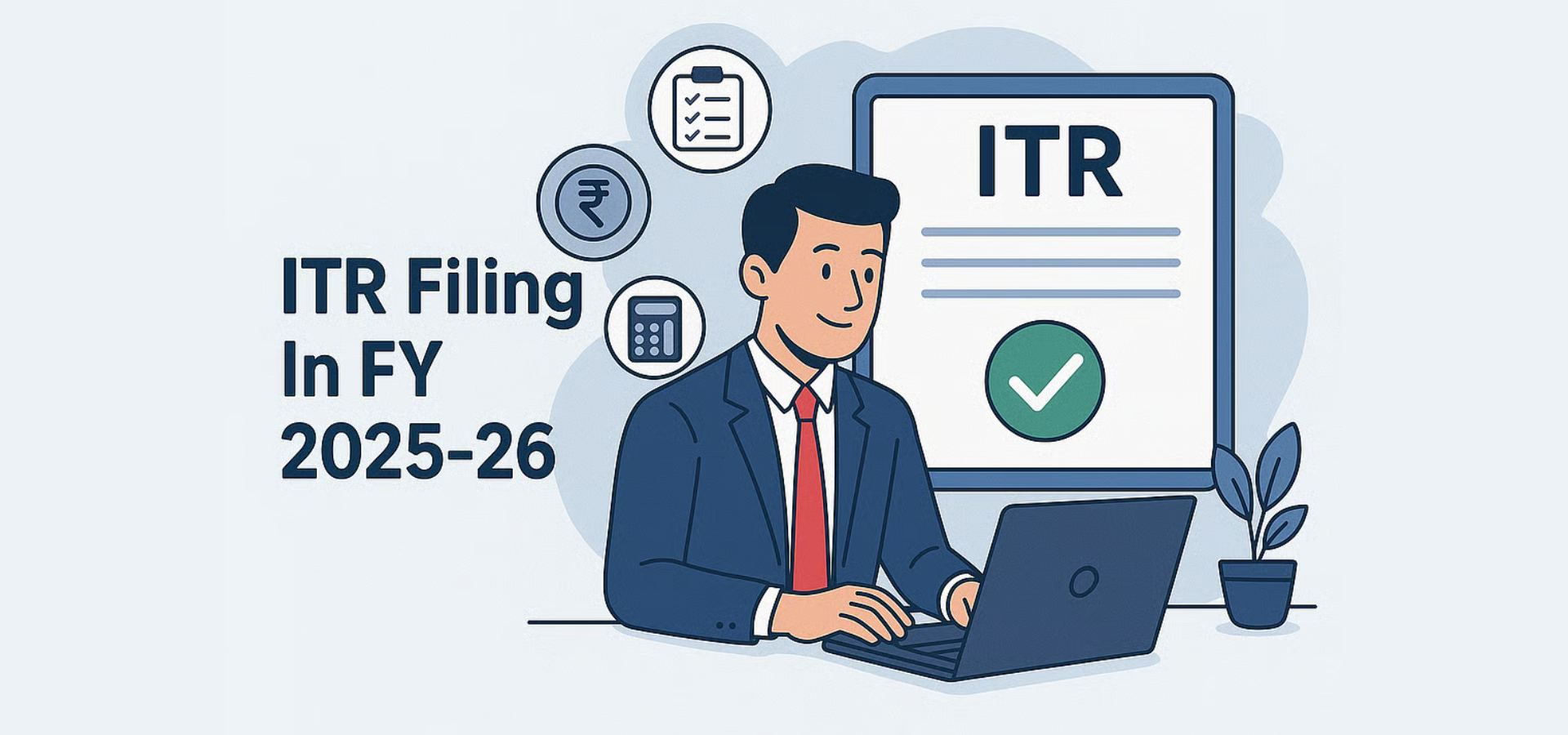
How to Keep Your Business Compliant Throughout the Year – Not Just at Tax Time
✅ What to Do vs ❌ What to Avoid
Most Indian businesses scramble during tax season—chasing documents, calling CAs, and praying they didn’t miss a deadline. Sound familiar?
But what if we told you that compliance isn’t just a March/July thing—it’s an every-month responsibility?
Let’s explore how to stay compliant all year, using a clear and fun RIGHT vs WRONG format:
1. Compliance Planning
✅ RIGHT
Maintain a monthly/quarterly compliance calendar
Set automated reminders for GST, TDS, PF, ROC filings
Use tools like Google Calendar, Cleartax, or a compliance CRM
❌ WRONG
Only worry about tax when your CA calls
Assume someone else is taking care of deadlines
Forget key dates and pay late fees
Important monthly dates to remember:
- 7th: TDS Payment
- 11th: GSTR-1
- 15th: PF/ESIC
- 20th: GSTR-3B
- 31st July: ITR for non-audit cases
- 31st Oct: ITR for audit cases
2. Bookkeeping & Accounting
✅ RIGHT
Update books weekly using tools like Tally, Zoho, Marg ERP
Reconcile your bank, cash, and UPI transactions monthly
Maintain invoice-wise GST details & HSN/SAC codes
❌ WRONG
Do last-minute accounting at year-end
Ignore mismatches and assume it’s fine
Use manual bills or outdated formats
Did you know?
Under Indian law, books must be maintained for 8 years, and they must reflect real-time accuracy during audits.
3. Tax Filing Discipline
✅ RIGHT
File GSTR-3B, TDS, and ITRs on time—even if NIL
Match GSTR-2B (ITC) with purchases
Pay advance tax quarterly if liable
❌ WRONG
Skip returns if you have “no income this month
Claim ITC without checking eligibility
Wait till March and pay everything late (with interest)
Penalty alert:
Late GST filing = ₹50/day + interest
Late ITR = ₹5,000 penalty under Section 234F
4. Quarterly Internal Review
✅ RIGHT
Check for TDS mismatches, GST errors, and cash flow gaps
Review employee payouts, ESIC, PF filings quarterly
Have your CA review accounts every quarter
❌ WRONG
Ignore red flags until audit season
Wait for employees to complain about PF not deposited
Only meet your CA in March or July
Why this matters:
Early detection = no penalties, better decision-making, and stronger investor confidence.
5. Legal & Registration Compliance
✅ RIGHT
Keep GST, FSSAI, IEC, and Shops & Establishment active & updated
Regularly update business address, nature of activity in GST portal
Renew digital signatures and trade licenses on time
❌ WRONG
Operate with outdated business info
Forget until they’re rejected during e-filing
Pro Tip:
Even startups must follow MCA (ROC) annual filing under the Companies Act — AOC-4, MGT-7, etc.
6. Documentation & Backup
✅ RIGHT
Store soft copies of invoices, challans, contracts, and return filings
Use cloud tools like Google Drive, Dropbox, or CA client portals
Keep track of notices or communication from GST or IT department
❌ WRONG
Lose paper invoices or never back up Tally data
Save things on one laptop or pen drive
Ignore emails from govt portals thinking it’s spam
Real Case:
Many SMEs miss GST refund opportunities because they can’t produce proper purchase invoices or reconciliation reports!
7. Hire the Right Professionals
✅ RIGHT
Hire or retain a reliable CA/CS or compliance consultant
Take quarterly check-ins with your CA
Understand what’s being filed – ask questions
❌ WRONG
Ask friends or relatives to “help” without expertise
Wait till audit or return time to involve professionals
Sign everything blindly without checking contents
Startup Founders:
Even if you’re bootstrapped, budgeting ₹2K–₹5K/month for compliance saves you lakhs later.
Final Word: Compliance is Not a Burden – It’s Business Hygiene
Think of compliance like brushing your teeth—a daily habit, not an annual crisis.
It protects your business, builds investor trust, and prepares you for scale.
Want a Free Compliance Checklist (India-Specific)?
Drop your email and I’ll send you:
- 12-Month Compliance Calendar
- GST + TDS Filing Tracker (Excel)
- Document Storage Guide








